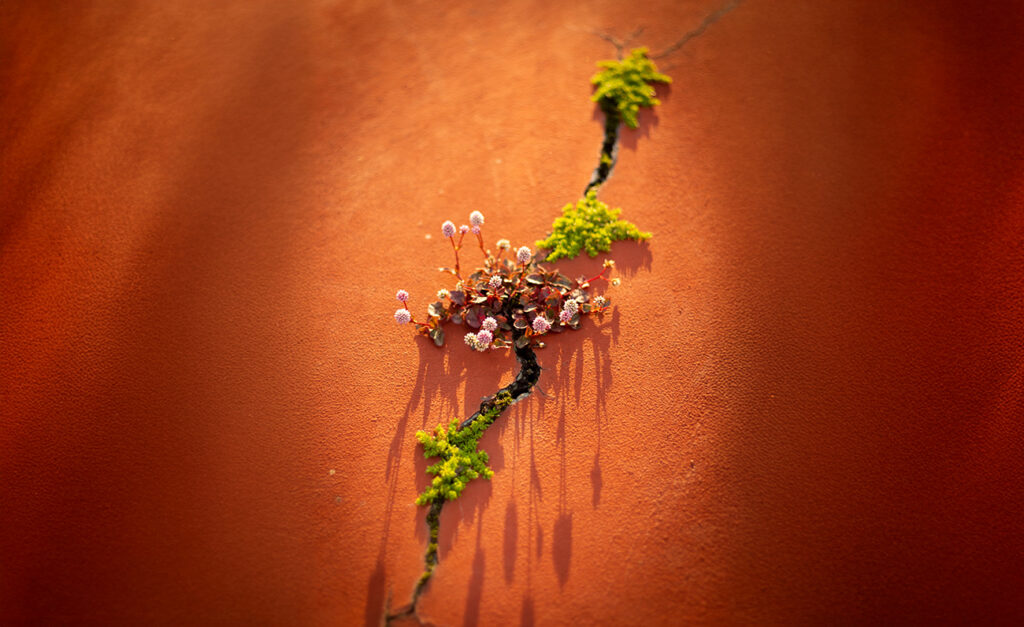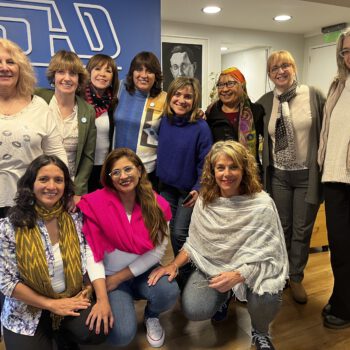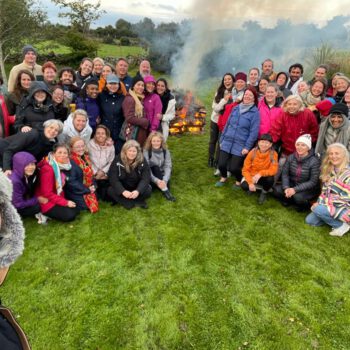A gentle revolution; coming alive and recognizing that we belong
I was sitting in awe as my client softly rocked herself back and forth, waves of tears washing her face clean. Her palms were massaging and grabbing her soft upper arms, pushing into the skin, feeling the warmth of the flesh. She opened her eyes with such a radiating light that it touched my heart.
“I’ve been looking for this moment all my life,” she said, through her burgeoning smile. – “To feel that I am alive.”
I smiled back at her, mirroring her self-holding with my own palms, grabbing my own arms. Radiant, joyful connection, not only between us, but in her, with herself, and with her body. A body that had endured a lot of suffering, the result of which was still expressing itself through various symptoms. But in that very moment of witnessing, I recognised that something had fundamentally changed in her. She was now experiencing the greatest gift of life.
On many forums you can read and explore one of the great definitions of trauma, but in short it can be defined as a disconnection from our deepest Self. This is a cognitive definition, which helps us to understand on a mental level, but what does that mean for the body?
We spend most of our lives trying to escape the very thing that facilitates our existence in the here and now: the body. But we should understand that, in the words of Gabor Maté, “The body holds the score.” —yes, but it’s important to recognise that what created that score is not our fault. It’s not our fault if our body has been violated in some way, starts to express symptoms of disease or develops chronic illness.
In childhood, our nervous system is so underdeveloped that we need someone else to help us regulate, someone else to hold us, to care for us, to tell our bodies through the language of touch that everything is all right, we are loved and welcomed into this life.

Photo by Nathália Arantes on Unsplash
When this does not happen the way our nervous system needs in order to grasp that we are loved and protected, we disconnect to avoid feeling the pain of what has happened or what should not have happened, or of what did not happen and should have, as Gabor explains in his documentary film The Wisdom of Trauma. As children we hold onto whatever is available to keep our head above water because we don’t have the resources to hold ourselves on any level; in the same way that no other mammal can survive without the support of their mother, not even those who can stand and run within minutes of birth, like horses or sheep.
Disconnection is the most intelligent survival response of the human organism when our needs are not met. Just as the act of playing dead can be with animals; it’s employed when nothing else works.
The lack of connection in the body shows up as distress, deep muscle tension, and a sense of loss of self or core. Weakness.. A void. A deep void, maybe in the mouth of the stomach or in the intestine, in the belly; a sensation – and a belief – that we feel must be avoided at all costs, combined with the willpower to avoid it because we fear that if we give in, we’re going to cease to exist entirely.
The body then curls in to protect itself, to hide; the shoulders drop forward, the head feels heavy, we frown, close in and shut our eyes, like a little shell in the depths of the ocean trying to avoid the natural flow of the waters’ currents.
It’s so painful to hold ourselves without the support of others; to believe that ‘There is no one there for me,’ that ‘I am too much,’ or too little,unimportant, unlovable or that nobody cares. One-by-one our deep muscles tense and start to close in and freeze in constriction in order to protect our lives from the apparent enemy.
In a traumatised nervous system there’s so much tension, so much pain, so much disconnection that the body is forgotten, blamed, and used as if it were the enemy. This deep disconnection is part of the trauma, because, although we are not the body, the body is essential to our existence and allows us to have a living human experience. Yet most of the time, by the age of two years old, the mind believes that the body is that which is responsible for our suffering!
So, the mind starts to believe that its one and only task is to keep us safe within a closed-off, high-walled castle of I. This is then reinforced by many cultures and religions that teach us that the body is the enemy, it must be tamed and that this is our only way to worthiness,love and belonging.
I’ve been there, I’ve done that, though I also had the blessing of my parents taking me to ballet and dance classes from the age of five. In spite of this however, I had already taken refuge in my mind. There were things my parents didn’t know about, such as public humiliation of my body at the kindergarten I went to, and other things. But still I loved to move, to dance, and do many other things that were not really acceptable for a little girl. Through it all I think my body has always been an ally, and I’m grateful for that.
Ultimately I see our path as the gentlest possible freedom fight. A journey back into relationship with ourselves, back into connection with the body, and through the body reconnecting to our deepest self – and recognizing the blessing of being alive. As the title of Sophie Strand’s latest article makes clear : ‘The body is the doorway’.
Compassionate Inquiry may seem like a magical shortcut on this journey, the mind imagines it as an easy-peasy-quick-fix thing to get everything healed, be done with it and go back to what we want to do. However, the body is intelligent, it integrates things slowly, and cautiously. An excellent tool to accompany the unfolding process is the power of healing touch; discovering the way we’ve always wanted to be touched but couldn’t be as there was no one available– until now – who could offer it to us.
Whatever way can help us find the courage to feel and allow ourselves to be accompanied in that feeling, even when our minds try to convince us to hide, can uncover a world of healing. The CI approach is a tool, which helps us rediscover the body as a pathway and realise that there is in fact no shortcut, that the body has always been and will always be our teacher and ally, therefore the pain and suffering we experience is our first and last master. Through this we can find a true connection with ourselves once more.
We may also discover that the greatest lie that ever existed is that we are alone, disconnected, that our constrictions must stay in place and we must go through our challenges alone.
As Eduardo Galeano, the Uruguayan writer expressed:
“The Church says: ‘The body is a sin.’
Science says: ‘The body is a machine.’
Advertising says: ‘The body is a business.’
The body says: ‘I am a celebration’”.
Jeff Foster, a non-duality teacher, elucidates further that what our disconnection, constriction and imperfection need is not fixing, but holding:
HELD, NOT HEALED
Stop trying to heal yourself, fix yourself,
even awaken yourself.
Stop trying to Fast-Forward the movie of your life.
Let go of ‘letting go’.
Healing is not a destination.
Be here.
Your pain, your sorrow, your doubts, your longings,
your fearful thoughts: they are not mistakes,
and they are not asking to be ‘healed’.
They are asking to be held. Here, now, lightly,
in the loving, healing arms of present awareness.



